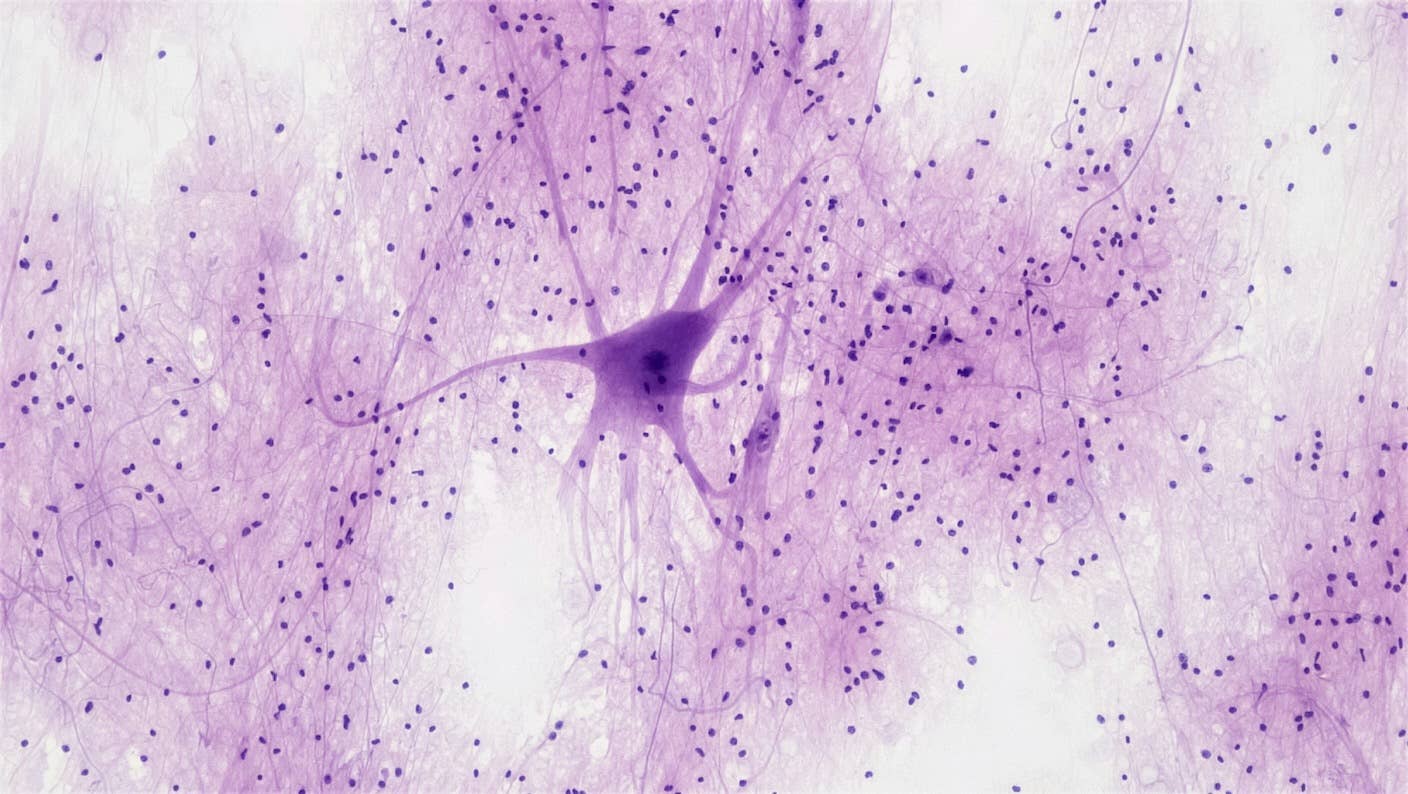Telepresence Robot To Join Doctors On Rounds Next Month

Share

The Telepresence Puppet is the new robot from Singapore start-up Ctrl Works with which doctors can check up on patients from afar
Another robot wants to give busy doctors the ability to be in two places at one time. Reminiscent of – and resembling – iRobot’s AVA, the Telepresence Puppet is a telemedicine platform that allows doctors to interact with their patients without actually being with them.
Puppet's maker, Singapore-based start-up Ctrl Works, is currently fine-tuning the robot's abilities and will send the mobile robot to accompany doctors on their rounds at Khoo Teck Puat Hospital in Singapore next month. I got a chance to ask Ctrl Works Chief Executive, Sim Kai, about the vision behind the Puppet and how soon we can expect to see it doing the doctor’s biddings.
The Puppet features a touchscreen LCD display with a camera, microphone and a speaker for two-way communcation. The doctor can control the display, adjusting its direction to see the patient better. And it is mounted on a mobile pedestal so that the doctor can drive it too. The base is equipped with sensors to avoid collisions. Depending on the doctor’s needs – and budget – he or she can choose a camera with or without zoom, a 5” or 10” display, and either 3G or 4G wifi connectivity.
Obviously the main hope is that the Puppet reduces doctor’s workloads. This is a significant concern in a place like Singapore with only 1.7 doctors per 1,000 patients. To lessen the load, Puppets can be on site at satellite hospitals that doctors normally need to travel to in order to check up on recovering patients that they’d previously treated. The Puppet would also come in handy for an application often emphasized for AVA: assisted home care. A Puppet would be perfect at nursing homes, for example, where patients need minimal but constant care.
But Kai envisions a twist to the Puppet’s telemedicine. Instead of just being a proxy for a distant visit, a mobile Puppet can tag along while the doctor makes his rounds. “The junior doctor will follow the senior doctor around and scribble down case notes and input data into a medical record database,” Kai said in an email. “If the Puppet could do that, that would help free up the junior doctor for other tasks.”
Be Part of the Future
Sign up to receive top stories about groundbreaking technologies and visionary thinkers from SingularityHub.


And that’s exactly what the Puppet’s going to be doing very soon. Next month’s trial at Khoo Teck Puat Hospital is as much about proving the Puppet’s worth as it is about improving it. Ctrl Works is lending out the Puppet on these sorts of trials for free to not only acclimate doctors to a robotic assistant but to also discover ways in which the robot’s usefulness can be improved. It’s a work in progress, not only because the Puppet has a lot to learn, but also because the doctors need to learn too. “As with any new technology, the difficult part is adoption. Even though we have a clear vision of how the Puppet will transform communication and boost productivity, it’s still a new thing to people. The businesses that we’ve talked to see the value, but there is work to do to integrate it into the existing workflow process.” Kai is confident, however, that as more doctors learn the firsthand benefits of robotic assistants, “mindsets will slowly change and there will be a growing acceptance of the Puppet and telepresence technology in general.”
Others feel the same way. Maybe not as flashy as a tagalong robot, but Rite-Aid’s virtual clinics are chat rooms where customers can consult a doctor anytime they want. In the Kenyan countryside, where access to qualified doctors is scarce, the smartphone app MedAfrica allows people to self-diagnose and then connect with the healthcare professional that they need.
Platforms such as the Puppet are going to make more sense as medical records begrudgingly but inevitably go digital. And IBM’s Jeopardy! champion Watson is already boning up on its medical knowledge in hopes of one day giving doctors a second opinion. It’s hard to say if robots are ready to be doctors’ helpers at the moment, but trials like the one the Puppet is about to undertake – with the doctors, in the hospital – is certainly the right way to make that happen. Let’s hope it answers more questions than it raises.
[image credits: Ctrl Works]
images: Telepresence Puppet
Peter Murray was born in Boston in 1973. He earned a PhD in neuroscience at the University of Maryland, Baltimore studying gene expression in the neocortex. Following his dissertation work he spent three years as a post-doctoral fellow at the same university studying brain mechanisms of pain and motor control. He completed a collection of short stories in 2010 and has been writing for Singularity Hub since March 2011.
Related Articles

In Wild Experiment, Surgeon Uses Robot to Remove Blood Clot in Brain 4,000 Miles Away

A Squishy New Robotic ‘Eye’ Automatically Focuses Like Our Own

This Crawling Robot Is Made With Living Brain and Muscle Cells
What we’re reading
